There are so many different variants of black bread in Germany that I always feel sorry that my stomach can not cope to much of it. So I can bake one just once in a while and to bake me through all the regional variants will take some time. One really fascinating black bread recipe is the “Klever Schwarzbrot”. It uses buttermilk instead of sourdough. This adds enough acid to make the rye bake-able.
The bread has fine lactic flavour in combination with the sweetness of the molasses makes this bread special. And to add some complex flavour notes I added for my recipe a preferment with rye meal, buttermilk and tiny bit of yeast. The preferment adds not only aroma but helps the meal to soak up enough liquid which makes the bread more moist. The same is true for the soaker: the roasted bread crumbs add flavour and the nuts and coarse meal can soak up the liquid. And while this two additional steps makes the recipe more complicated then the “fast” variant with a lot of yeast but it makes it so flavourful that it is worth work. Continue reading

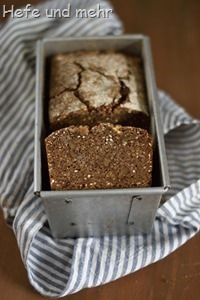
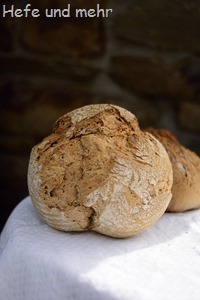
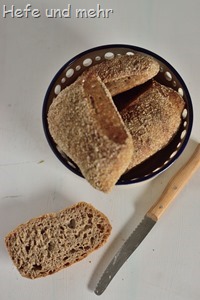 The moment I took the
The moment I took the 
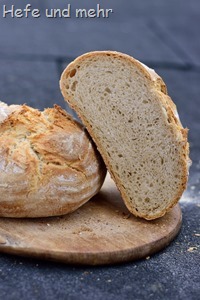 The second bread for my regional bread collection is one I know well: a crusty bread from the rhineland, called “Rheinisches Krustenbrot”.
The second bread for my regional bread collection is one I know well: a crusty bread from the rhineland, called “Rheinisches Krustenbrot”.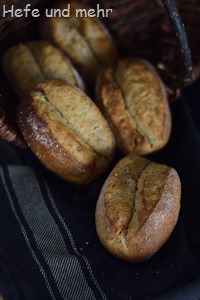 Finally I can post the first recipe in the upcoming post series of “regional breads” and can tell you how I came to this idea.
Finally I can post the first recipe in the upcoming post series of “regional breads” and can tell you how I came to this idea.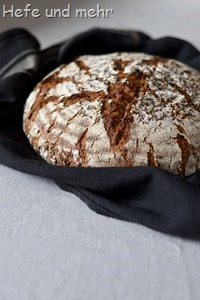 I was asked more than once to publish a sourdough rye bread recipe for the “Bread baking for Beginners” post series. I hesitated as a rye bread is not so easy to handle as a wheat one and to know when a pure sourdough loaf is ready to bake needs some experience. But with the
I was asked more than once to publish a sourdough rye bread recipe for the “Bread baking for Beginners” post series. I hesitated as a rye bread is not so easy to handle as a wheat one and to know when a pure sourdough loaf is ready to bake needs some experience. But with the 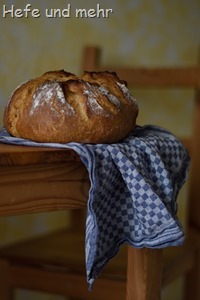
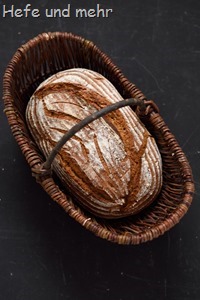 I like recipe tweaking – especially when this happens so spontaneously like
I like recipe tweaking – especially when this happens so spontaneously like 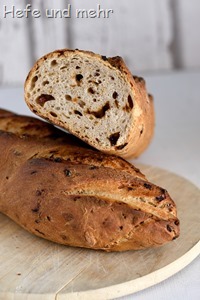 Reader’s wishes are a good thing. They often give me new impulses or remind me of – sometime to obvious – breads. And when Julia wrote that a recipe for onion bread would be a fine idea, I was thinking: of course! And for the past long, sunny weekend I started to create a recipe.
Reader’s wishes are a good thing. They often give me new impulses or remind me of – sometime to obvious – breads. And when Julia wrote that a recipe for onion bread would be a fine idea, I was thinking: of course! And for the past long, sunny weekend I started to create a recipe.